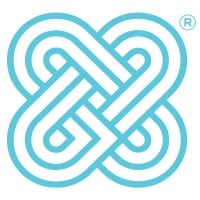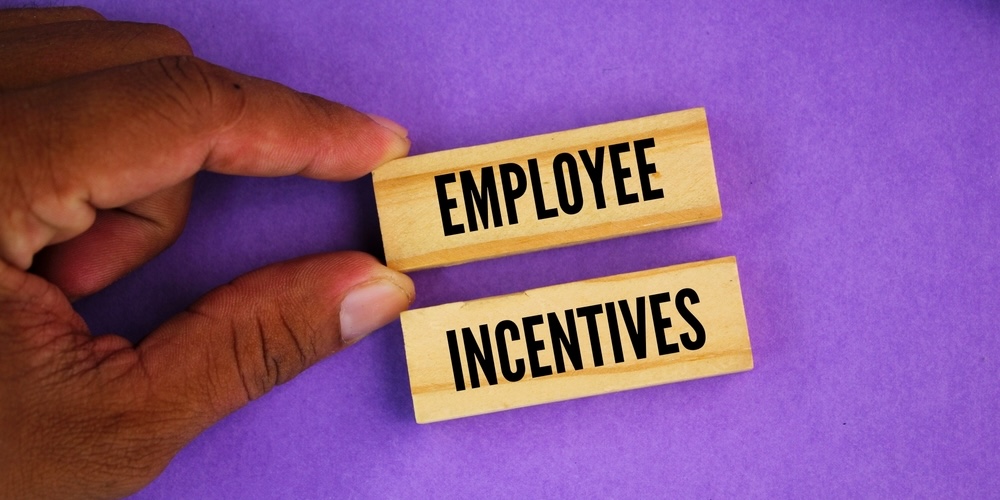2 min read
Top Five Best Practices for Building Effective Incentive Programs
Incentive programs have long been a staple in the insurance industry thanks to their effectiveness. However, whether it's driving sales for a...
2 min read
 Creative Group
:
Aug 19, 2025 12:03:23 PM
Creative Group
:
Aug 19, 2025 12:03:23 PM

Even the most successful incentive programs need updates over time. In the fast-evolving insurance landscape, what worked five years ago might be missing the mark today.
Creative Group works with insurance carriers across the U.S. to design, implement, and evaluate incentive programs to ensure both the carrier and the agent reap the rewards. In the first part of our series on incentive programs, we took a look at best practices for optimizing or launching a program, and in part two we discussed calculating ROI. In part three we’re going to talk about the signs that it’s time to evolve your program and how to do it.
This is part three of a series on incentive programs in insurance. You can read part 1 here and part 2 here.
Watch for Signs
The first telltale sign that your program needs attention is declining engagement. If agents aren’t logging into the program platform, talking about the incentive trip, or attending training, your incentive program may be losing its appeal. If the same people are being rewarded year after year, you may also want to re-evaluate to ensure the reach and target audience is sufficient. If sales growth stagnates or there is a shift in business priorities, your incentive program should be reviewed for proper alignment.
While there’s no set rule on how often you should refresh your program, a refresh will likely be needed every three to five years. The ongoing monitoring of metrics and results will help inform the need to refresh the program, but other major shifts like changes in leadership, market conditions, acquisitions, or company structure may dictate the need to change a program sooner.
Roll with the Changes
As your business evolves, your incentive strategy should be, too. Make sure you’re still targeting the right behaviors, supporting the introduction of new products, and reinforcing key initiatives. For example, if you’ve launched a new CRM system, promoted e-learning tools, or changed your underwriting process, an incentive program should reinforce the behaviors needed to see success in those key rollouts.
Revisiting strategies from your program rollout can help when refreshing your program. Interviewing agents about what motivates them can uncover gaps in the current program. Informal interviews or MotiveX™ surveys are great tools at this stage.
Broadening your program can help address limitations in key areas. If you’re seeing only the top 10% awarded year-over-year, introducing tiered structures can help reach a wider audience. If you uncover that sales have stagnated because parts of the process aren’t getting enough attention—such as product training or entry into a CRM—add incentives for those behaviors in addition to final outcomes. Add interest with different layers, like quick-win promotions and multiple paths for qualification.
Don’t Wait for Outcomes to Suffer
Even if something has worked in the past, incentive programs cannot simply be put on autopilot. This will cause your program to get stagnant and lose effectiveness. Sales cycles, competitive landscapes, and agent expectations are in constant motion, and you should be prepared to evolve with the ongoing market shifts. A proactive evaluation, such as using consulting services from an incentive company, can help course-correct before performance dips.
Incentive programs have long been a tool in the insurance industry due to their effectiveness. That long-term effectiveness is a direct result of evolution over time. Don’t be afraid to reimagine and recommunicate to keep teams motivated and engaged with your growing business.
About the authors:
Scott Tarnoff, Vice President, Business Development, brings to Creative Group over 20 years of experience as a sales leader and individual contributor. His passion for helping clients maximize the performance of their employees and partners has led to long term partnerships within multiple verticals for some of the world’s largest global brands. Scott holds a B.A. from the University of Iowa and is an outdoor enthusiast who loves to travel the globe.
Jamie Schwartz, Senior Director of Marketing and Product, has been in the performance management industry for over 28 years designing and implementing incentive, recognition, and loyalty strategies that drive revenue, profitability and growth. She previously held leadership roles in marketing and product management for other incentive and travel companies as well as for foodservice and manufacturing companies. Active in the St. Louis area, Jamie is the Founder, President and on the Board of Directors for the St. Louis Women’s Circle.

2 min read
Incentive programs have long been a staple in the insurance industry thanks to their effectiveness. However, whether it's driving sales for a...

3 min read
Return on investment isn’t just a buzzword- it’s a requirement. The insurance landscape is competitive and while companies understand the value of...

1 min read
Hey #Insurance – Ep 93 – Incentives by Antonio Canas Hey #insurance, let’s talk about Incentives. People do what you pay them for. People...